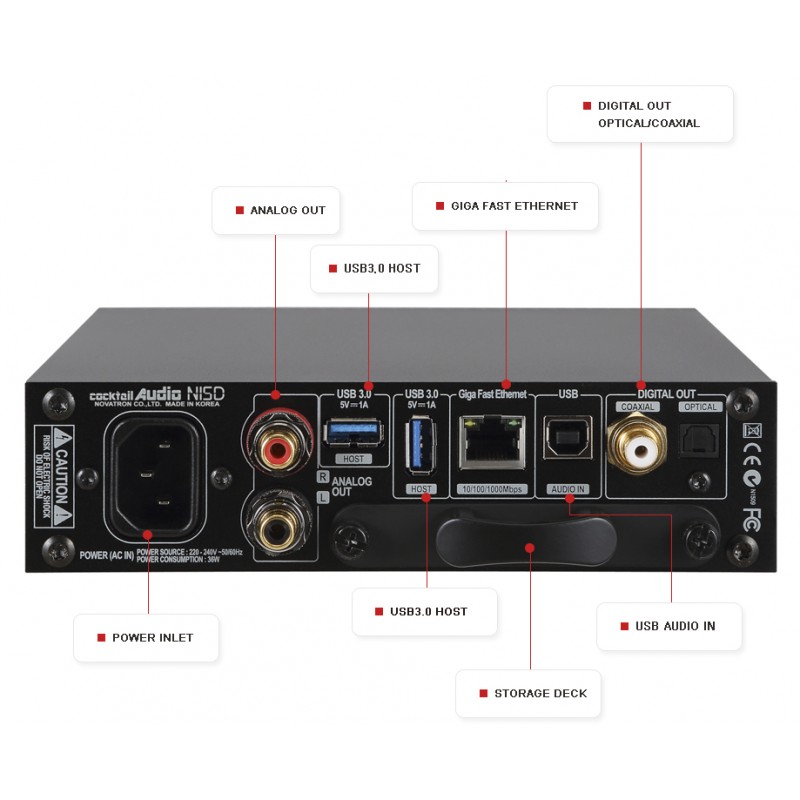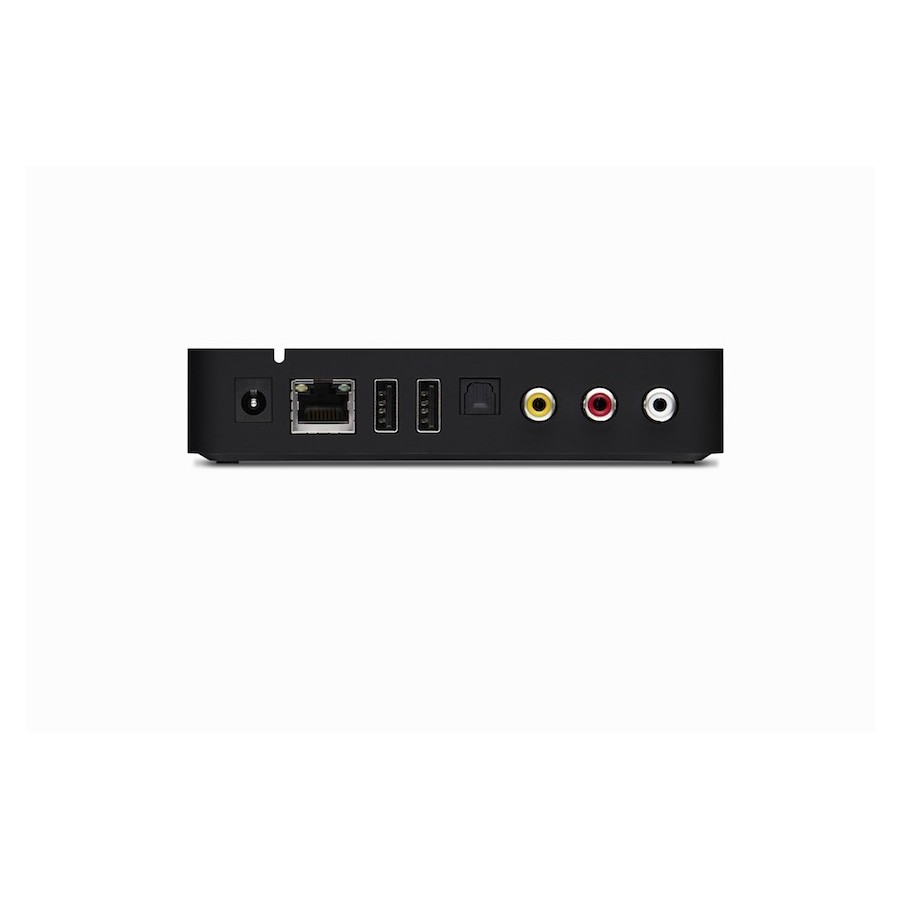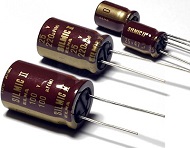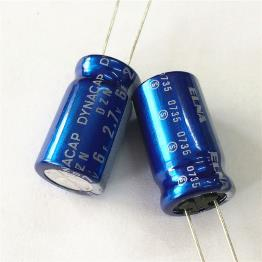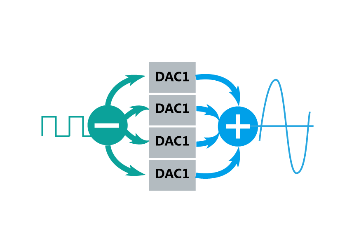The story about digital filters ...
... as we see it
Alright, let's be frank about one thing...
ALL FILTERS ARE WRONG. ALL OF THEM, INLUDING THE 'NO FILTER' OPTION.
The reason is that such rules like Nyquists's law sampling theorem are true, but are limited by strictures that make them not directly applicable to highly variant signals (e.g. music) which may contain content that can't be resolved into finite numbers of sine-wave wavelets.

Digital filters are based on steady state mathematics and thus distort the music signal, primarily in the time domain. This is an unavoidable byproduct of their function. Operating without filter distorts the music in a different way.
Many publications offer good reasons why a specific form of digital filter is superior. Usually the reasons are based on theory and in how close a given filter implementation comes to such a theoretical ideal.
What is commonly omitted and ignored are listening tests of radically different filters with different types of signals.
All digital filters (including non) differ in how they are wrong and how this influences objective measured performance as well as subjective listening performance with music and indeed specific music.
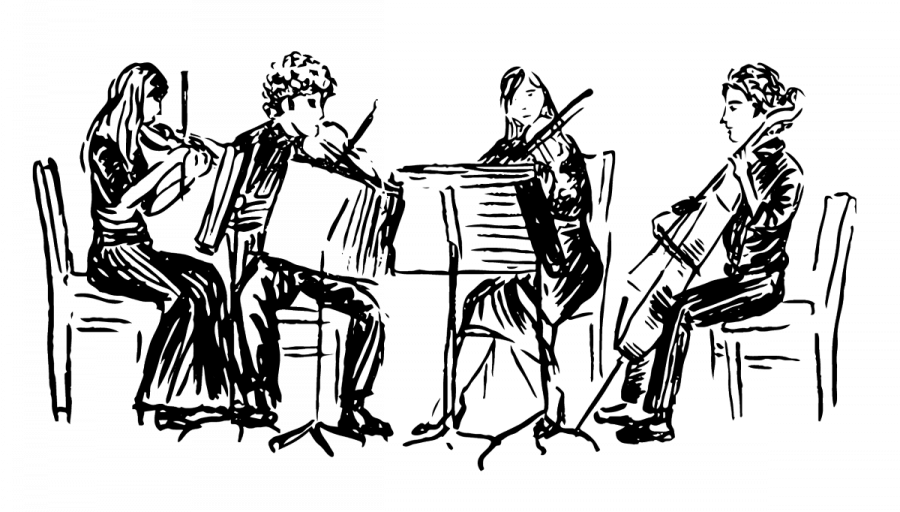
Music with a highly percussive nature and many instruments containing non-harmonic sounds (i.e. Jazz or Pop) will react different with a digital filter than music which is based mainly on pure tones and harmonics (i.e. a string ensemble plus a soprano singing).
These distortions become all the more relevant and carry greater possible audible consequences, the lower the sample rate. So the most abundant digital music source - CD quality - is most impacted.
Wherever there is a difference, there is also a preference. Subjective listening preference may be informed by a learned or acquired response to recorded sound (e.g. what sounds "right" or "hifi" is not what sounds natural in comparison to a live performance), in addition to direct referencing acoustic music performances.
So, no matter what single fixed filter is present, it is wrong and may not be preferred by a customer at least not with all music. What AMR implemented in the DP-777 (...and now iFi audio in the Pro iDSD) is to give a user a choice between the CORE possible approaches to digital filtering that we have found to produce meaningful differences and preferences in listening.
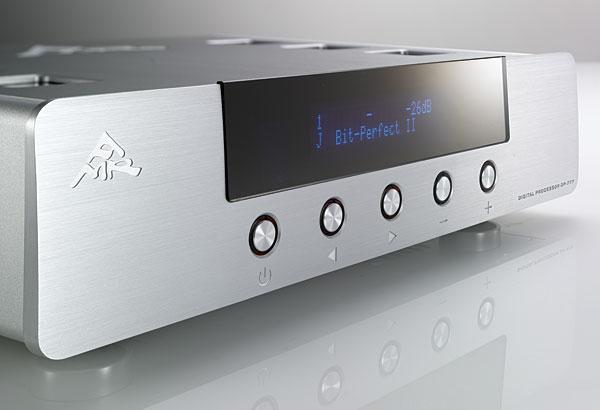
We offer the option to bypass digital filtering completely, to select minimum phase filters of differing structure (minimum ringing or apodising) or to select a "transient aligned" FIR filter that offer a maximally long filter response and number of taps to come closes to the idealised textbook filter.
Hence we do not prescribe ONE singular 'perfect' approach, we offer the choice between different approaches that have all been declared by their respective proponents to be 'perfect' and leave the choice which kind of 'perfection' is preferred to the customer.

Note, not everyone is sensitized to the differences digital filters make. Whatever your preference, simply choose what you like based on either what you believe to be right or on what sounds best to you. We do recommend to experiment with filters at least occasionally, especially once listening to different styles of music than usual.
Stay tuned, coming up is Pro iDSD's digital filtering!























